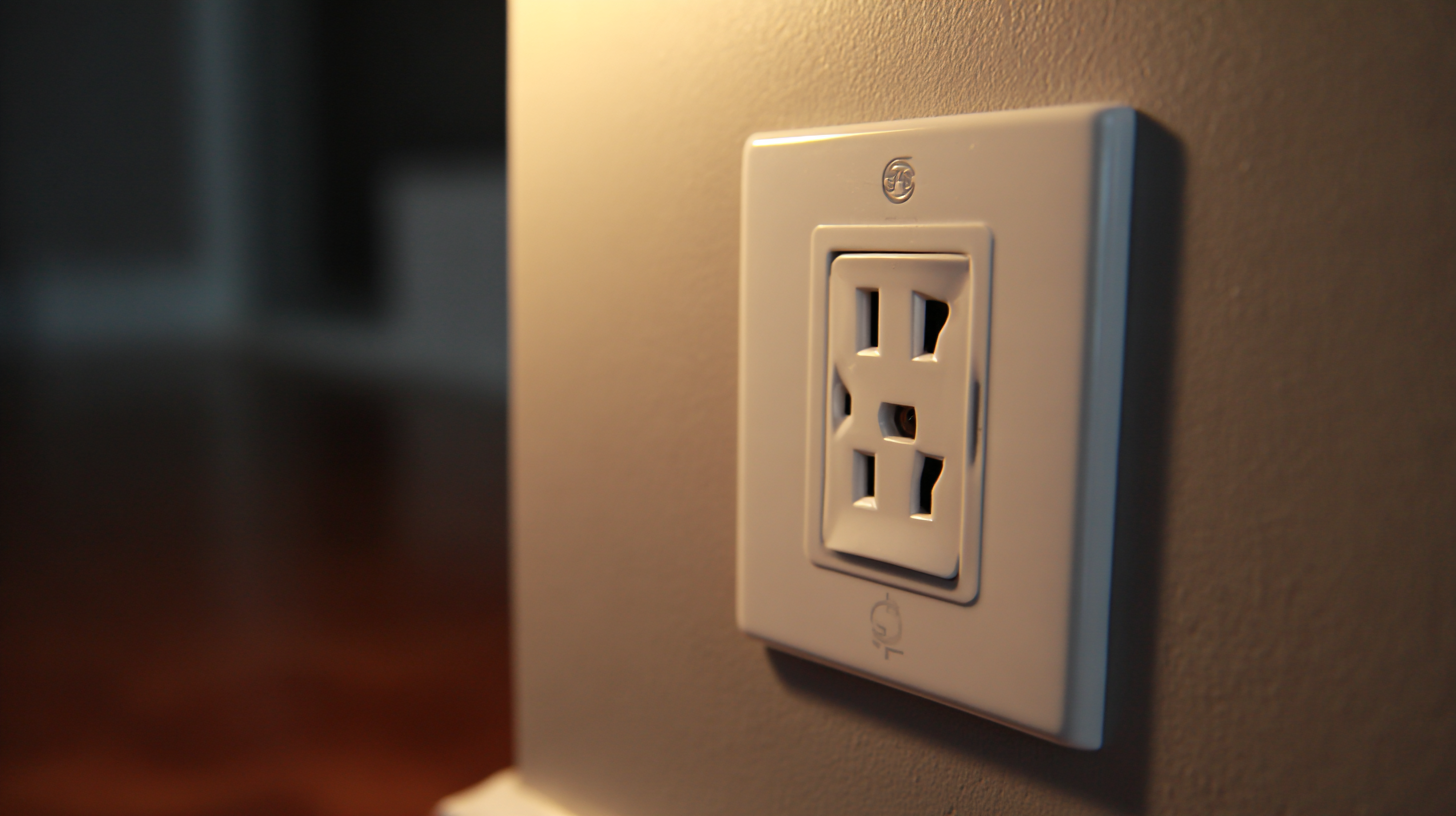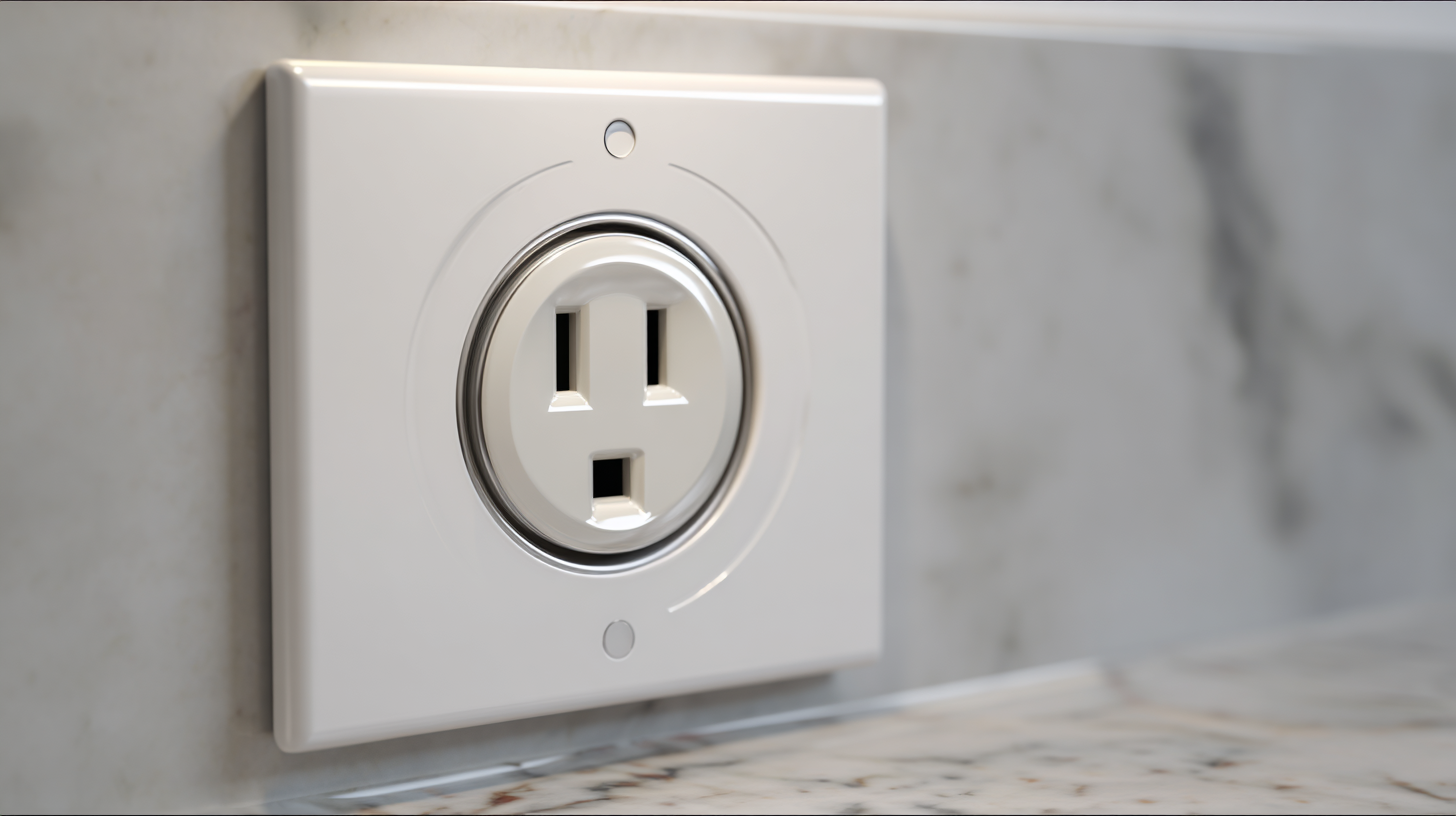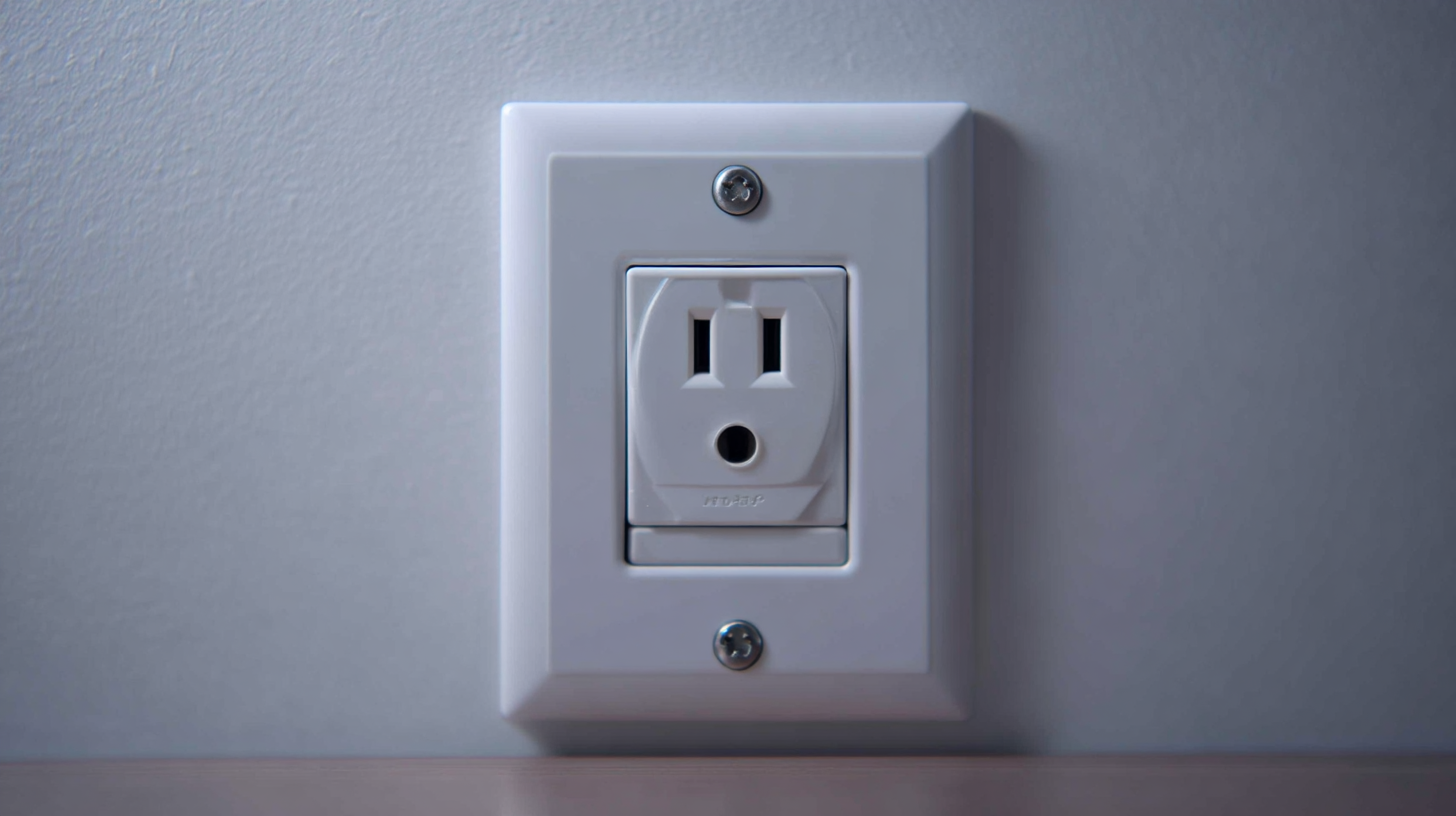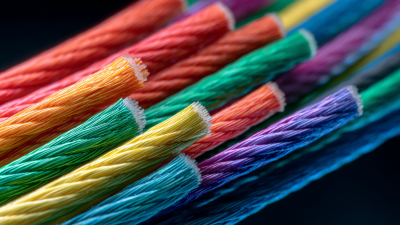In today's world, where energy conservation is more crucial than ever, optimizing the efficiency of our living spaces is a top priority. One of the most effective yet often overlooked elements in this pursuit is the arrangement of our indoor sockets. The way we set up our indoor socket layout can significantly impact energy consumption, influencing everything from appliance usage to overall electricity bills. By strategically placing and employing indoor sockets, we can not only improve the convenience of accessing power but also enhance the efficiency of our energy use.

This guide will walk you through practical tips and innovative strategies to maximize energy efficiency with your indoor socket setup, helping you create a more sustainable and cost-effective home environment.
To understand how to maximize energy efficiency in your indoor socket setup, it's essential to recognize the key components that contribute to overall energy usage. According to the U.S. Department of Energy, appliances and devices that remain plugged in, often referred to as "phantom loads," can account for up to 10% of a household's total energy consumption. By strategically managing these connections and utilizing smart power strips, users can effectively reduce these unnecessary energy drains.
Investing in high-efficiency outlets and smart home technology can significantly enhance energy performance. For instance, Energy Star-rated outlets are designed to minimize energy waste while still providing the necessary power to devices. A recent report from the International Energy Agency indicates that optimizing socket placement and choosing the right technology can lead to energy savings of 5% to 15% annually. Moreover, integrating wireless energy management systems allows homeowners to monitor usage patterns in real-time and adjust their indoor configurations, leading to smarter consumption and a notable decrease in electricity bills.
This chart illustrates the energy consumption efficiency based on different appliances connected to indoor sockets. It highlights how energy usage varies across various categories, enabling users to identify which appliances are most efficient and which consume more power.
Understanding voltage levels and power consumption in your home is crucial for maximizing energy efficiency. According to the U.S. Department of Energy, reducing power consumption by 10% can lead to significant savings on your energy bills. One effective way to achieve this is by evaluating the voltage levels of your indoor socket setup. Most residential systems operate at 120V or 240V, and ensuring that your devices match the optimal voltage not only enhances efficiency but also prolongs the lifespan of your appliances.
Utilizing smart plugs and energy monitors can help track the power consumption of individual devices. A report by the Lawrence Berkeley National Laboratory shows that standby power—a phenomenon where devices consume energy while not in use—can account for 5-10% of household energy use. By identifying these energy hogs and optimizing their usage through effective scheduling and smart technology, homeowners can drastically reduce unnecessary power consumption. Implementing these measures will contribute not just to personal cost savings, but also to overall energy conservation efforts in the community.
In today's world, energy efficiency has become a cornerstone of sustainable living, particularly when it comes to our indoor power setups. Choosing high-efficiency power strips is not just a smart investment; it's a crucial step towards reducing your household's energy consumption. According to the U.S. Department of Energy, approximately 30% of the energy used by household electronics is consumed while they are off but still plugged in, a phenomenon known as "phantom load." High-efficiency power strips are designed to combat this energy waste by cutting off power to devices in standby mode, allowing users to significantly lower their electricity bills.
Moreover, a study by the Lawrence Berkeley National Laboratory reports that using advanced power strips can save an average household around $100 a year in energy costs. These strips come equipped with features like smart sensing technology that detects when devices are not in use, thereby optimizing power usage automatically. By investing in these innovative solutions, homeowners can not only enhance their energy efficiency but also contribute to widespread environmental efforts, reducing overall carbon footprints and promoting a greener future.
| Power Strip Type | Energy Efficiency Rating | Number of Outlets | Surge Protection (Joules) | Estimated Annual Energy Savings ($) |
|---|---|---|---|---|
| Basic Power Strip | N/A | 6 | No | $0 |
| Surge Protector | Medium | 8 | 1000 | $5 |
| Energy-Saving Smart Strip | High | 10 | 1200 | $15 |
| Smart Wi-Fi Power Strip | Very High | 6 | 2000 | $25 |
| High-Efficiency Power Strip | High | 8 | 1500 | $10 |
 Implementing smart sockets as part of your indoor setup can significantly reduce energy waste and enhance overall energy efficiency. These IoT-enabled devices offer a range of features that allow users to monitor and control their energy consumption in real-time. By integrating smart sockets into your home, you can effortlessly track which appliances are drawing power and at what times, giving you the ability to identify energy hogs and adjust your usage accordingly.
Implementing smart sockets as part of your indoor setup can significantly reduce energy waste and enhance overall energy efficiency. These IoT-enabled devices offer a range of features that allow users to monitor and control their energy consumption in real-time. By integrating smart sockets into your home, you can effortlessly track which appliances are drawing power and at what times, giving you the ability to identify energy hogs and adjust your usage accordingly.
Moreover, smart sockets can be programmed to operate on specific schedules, ensuring that devices like lamps, coffee makers, or chargers only draw power when needed. This automation not only promotes convenience but also fosters an eco-friendly lifestyle by minimizing unnecessary energy consumption. Additionally, many smart sockets come equipped with energy monitoring features that provide insights into your energy use patterns, allowing you to make informed decisions about your habits and further optimize your energy efficiency. Embracing these IoT solutions makes it easier than ever to create an energy-efficient indoor environment.
When it comes to energy efficiency, practicing proper socket management can significantly reduce standby power losses, a common issue in many households. According to the International Energy Agency (IEA), standby power, often referred to as "vampire energy," accounts for about 10% of residential electricity consumption in developed countries. This means that the devices we leave plugged in and idle are still drawing power, contributing to higher electricity bills and unnecessary carbon emissions.
To minimize these losses, one effective strategy is to use smart power strips that cut off power to devices when they are not in use. Research from the U.S. Department of Energy indicates that smart strips can save households an average of $100 annually by eliminating wasted energy from devices in standby mode. Additionally, it's crucial to unplug devices that are rarely used—like chargers for seldom-used electronics—which can collectively waste up to 100 watts in standby power.
Furthermore, implementing a habit of turning off devices and unplugging them after use can enhance energy efficiency. The Energy Information Administration reports that even simple changes, such as unplugging a few devices or using timers, can yield significant savings over time. By prioritizing proper socket management, not only do you decrease energy costs, but you also contribute to a more sustainable future.







